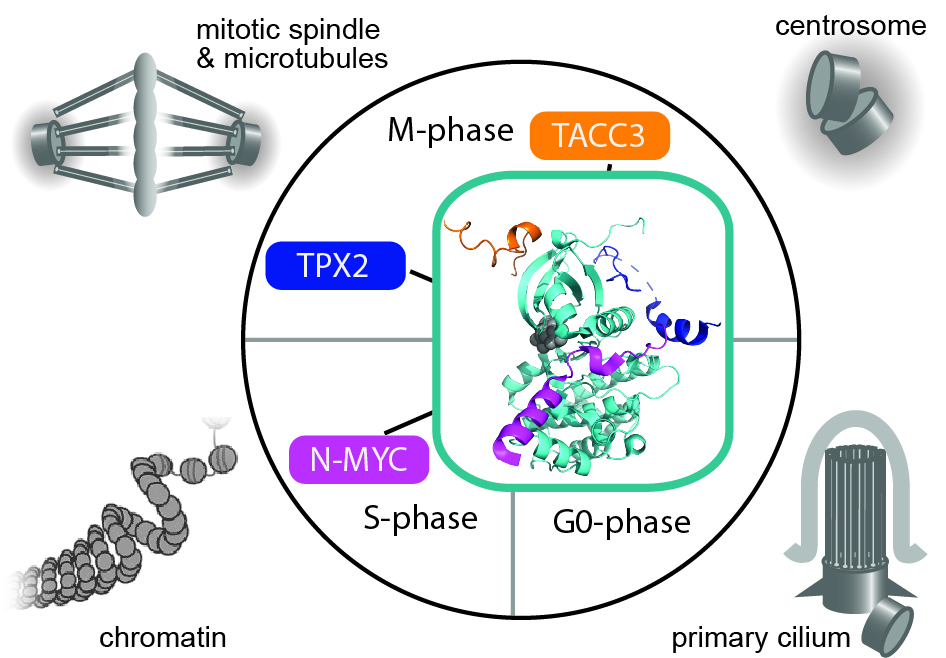SPIDR is a £5.4M (FEC) five-year collaborative strategic Longer and Larger programme grant (sLoLa), funded by the Biotechnology and Biological Sciences Research Council, between the following organizations:
- University of Leeds, Astbury Centre for Structural Molecular Biology
- University of Birmingham
- University of Oxford, Department of Biochemistry
- AstraZeneca
- LifeArc
Proteins carry out the chemical reactions necessary for life and are used as building blocks to assemble key components of cells, giving them shape and structural integrity. Our understanding of protein shape, structure and function has been enormously useful in furthering our molecular understanding of life, leading to successful drug-discovery efforts, methods to improve crop production and other applications with economic and societal benefits. While many proteins adopt a regular 3D shape, it is now accepted that large sections of many proteins, termed intrinsically disordered regions (IDRs), have no fixed shape. To truly understand the “molecular rules of life”, it is necessary to understand how the structures of these “shape-shifters” change with time, how this influences their interactions with other proteins, how this impacts the life-cycle of healthy/unhealthy cells, and ultimately how to control these properties using chemistry.

In this sLoLa, we will study a protein that plays an essential role in the cell’s life-cycle (Aurora-A), e.g. in cell-division, a process that becomes defective in cancer, making it a focus of anticancer drug-discovery efforts that have not yet been successful. Aurora-A fulfils different jobs at different times and in different parts of the cell by interacting with multiple “shape-shifting” proteins. The overall aim is to develop and use a state-of-the-art, integrated chemical and biological toolkit to understand and manipulate interactions of IDRs with Aurora-A in vitro and in cells.
